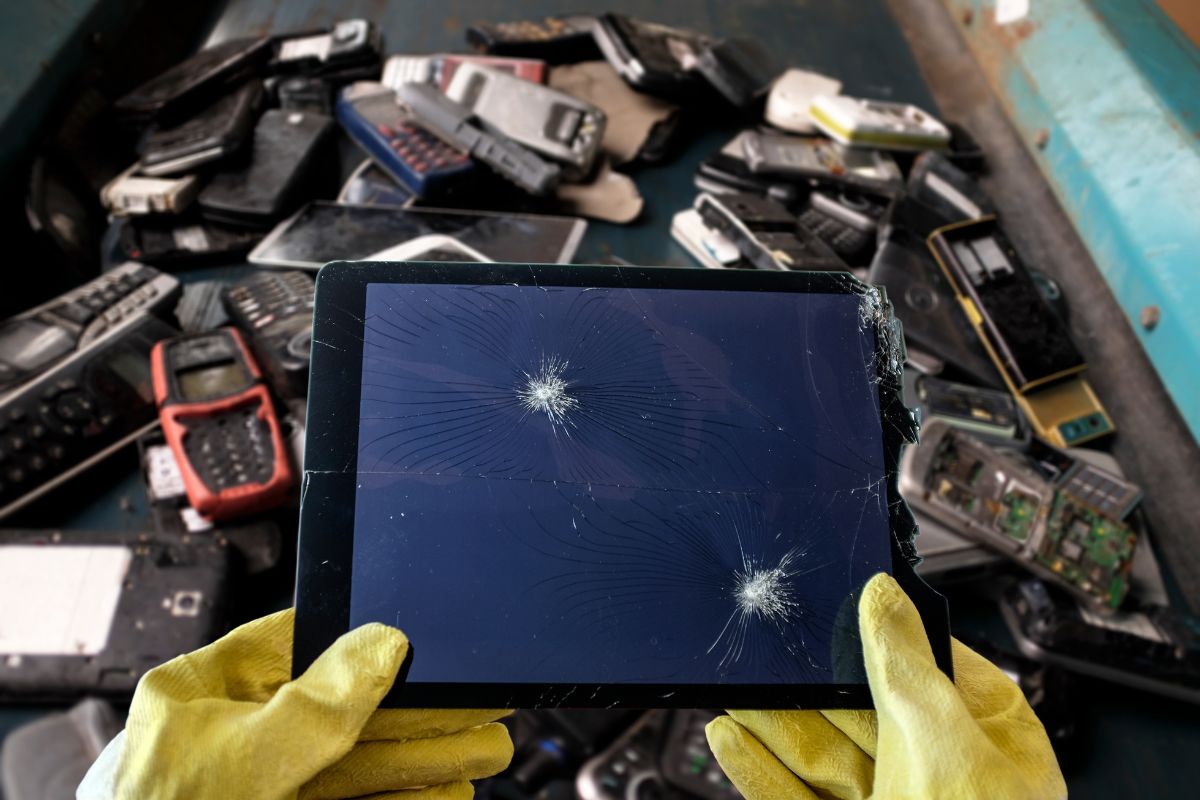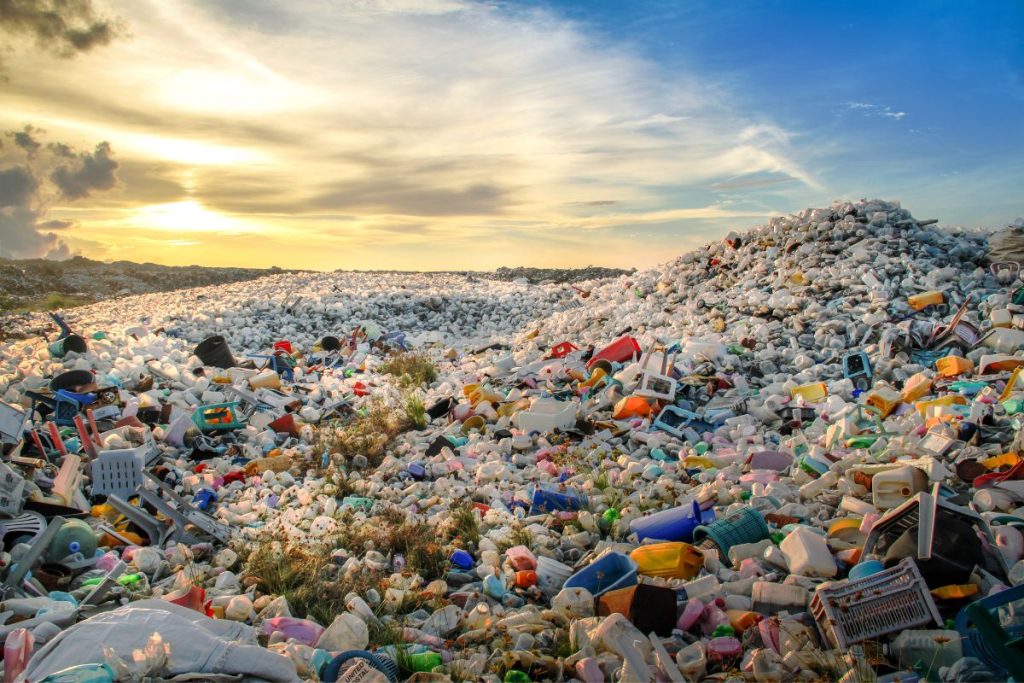
There are a variety of harmful materials that are commonly used in electrical equipment, and the improper disposal of these materials can have serious consequences for the environment. Here are some examples of such materials and the impact they can have:
- Lead: Lead is often used in electronic devices as a conductor, and it can also be found in the solder that holds together components. When lead is not disposed of properly, it can leach into soil and water, where it can have toxic effects on plants and animals. Lead exposure can also cause a variety of health problems in humans, including kidney damage, high blood pressure, and developmental delays in children.
- Mercury: Mercury is used in a variety of electronic devices, including fluorescent light bulbs, batteries, and thermostats. When mercury is not disposed of correctly, it can be released into the environment and can have harmful effects on wildlife and humans. Mercury is highly toxic, and exposure to high levels can damage the brain, nervous system, and kidneys.
- Cadmium: Cadmium is used in some rechargeable batteries and can also be found in some electronic components. It is highly toxic and can have harmful effects on human health when inhaled or ingested. Cadmium can also accumulate in the soil and water, where it can have negative effects on plants and animals.
- Brominated flame retardants: These chemicals are used in electronic devices to prevent fires, but they can have harmful effects on the environment and human health when they are not disposed of correctly. Brominated flame retardants can leach into soil and water and can accumulate in the bodies of plants and animals. Some studies have suggested that exposure to brominated flame retardants may be linked to a variety of health problems, including cancer, neurological disorders, and immune system damage.
- Phthalates: Phthalates are used in some plastics to make them more flexible, and they can be found in a variety of electronic devices. When phthalates are not disposed of properly, they can leach into the soil and water, where they can have harmful effects on plants and animals. Some studies have suggested that exposure to phthalates may be linked to reproductive and developmental problems in humans.
- Plastics: Plastic is a widely used material in electronic devices, and it can have a significant impact on the environment when it is not disposed of properly, it can end up in the environment as litter. This can be harmful to plants and animals, as plastic can entangle or suffocate them. It can also be harmful to humans, as plastic litter can cause physical injuries and can be unsightly.
Plastic that ends up in the environment can also break down into smaller pieces, known as microplastics. These microplastics can be ingested by plants and animals and can accumulate in the food chain. Some studies have suggested that microplastics may be linked to a variety of health problems, including reproductive and developmental issues, as well as cancer.
In order to reduce the negative impact of plastic on the environment, it is important to properly dispose of electronic devices that contain plastic. Many cities and towns have programs in place to help people recycle their electronic waste, and recycling plastic can help to reduce the amount of energy and resources needed to produce new plastic. It is also a good idea to reduce the amount of plastic that you use in your everyday life, as this can help to reduce the overall demand for plastic and the associated environmental impacts.

It is important to properly dispose of electrical equipment that contains these harmful materials in order to prevent their release into the environment. Many cities and towns have programs in place to help people dispose of their electronic waste in an environmentally-friendly way. It is also a good idea to recycle old electronics whenever possible, as this can help to keep these harmful materials out of the environment.
How to dispose of electrical equipment
Proper disposal of electrical equipment is important because many electronic devices contain hazardous materials that can be harmful to the environment if not handled properly. Here are some steps you can follow to dispose of electrical equipment safely:
- Check with your local government to see if there are any special regulations for disposing of electronic devices in your area.
- Consider donating your old electronics to a charitable organisation or a reuse program. Many organisations accept donations of used electronics and will either refurbish them for resale or recycle them responsibly.
- If you cannot donate your old electronics, you can recycle them at a local recycling center. Many electronics recyclers will take a wide range of electronic devices, including computers, phones, televisions, and other household appliances.
- When recycling your electronic devices, be sure to remove any personal data or sensitive information from the device before you turn it over to the recycler. You can do this by deleting all files and wiping the hard drive.
- If you cannot find a recycling program or center to dispose of your electronic equipment, you can contact the manufacturer of the device to see if they have a take-back program or know of any other options for disposal.
By following these steps, you can help ensure that your old electronic devices are disposed of safely and responsibly.

